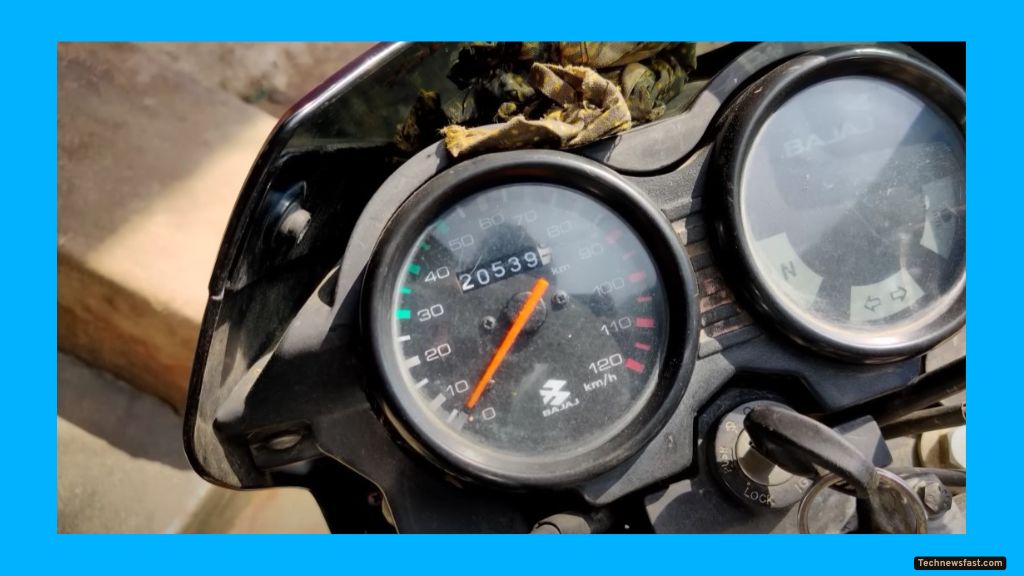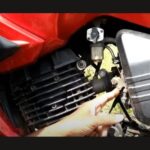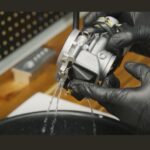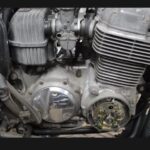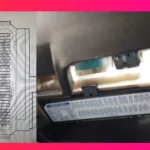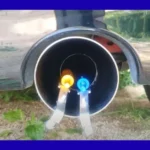Every motorcycle rider in India knows the pain of rising petrol prices. These days, fuel is expensive, and getting good mileage on your bike matters more than ever. If your motorcycle or scooter is guzzling more petrol than it should, you’re definitely not alone.
Electric bikes are still not a real alternative for everyone, so we have to get the most out of our petrol engines. I want to share the technical reasons why mileage drops and explain in simple steps how to repair a bike’s poor mileage problem solution, whether you ride a Honda, Bajaj, Yamaha, or any bike in India.
Why Does Mileage Matter Now More Than Ever?
Petrol prices have shot up. People look for “how to increase mileage of petrol bike” as often as bike reviews. Even a few extra kilometers per liter add up by the end of the month. With electric bikes still struggling for mainstream success, fixing petrol bike mileage issues is the smart move.
If you’re worried about the bike mileage problem solution, most folks start by blaming the fuel or changing spark plugs. But real solutions lie deeper inside your bike’s engine. I’ve learned that even simple issues like a dirty spark plug, loosened drain pipe, or jammed disc brake can drop your mileage overnight. Knowing these reasons helps you talk to your mechanic confidently, no matter where you live.
How the Motorcycle Engine Really Works
Behind every kick or push of the start button, your bike engine mixes petrol and air, then “blasts” them in a small explosion. This is how the bike moves. The size of the piston and cylinder (for example, a 150cc engine) decides how much power you get. Bigger blasts mean more power and speed, but also more petrol use.
The trick is to control this blast for just the right mix of power and mileage. Good air pressure inside during a blast is key. If air and petrol don’t mix right, or if the blast is uneven, your bike runs rough and mileage slips.
Diagnosing Mileage Issues Through Spark Plug Inspection
One of the fastest ways to diagnose mileage problems is to check the spark plug. The spark plug is like your engine’s “report card.” It shows how the fuel is burning. Here’s what different spark plug conditions tell you:
- Black, dry, and powdery: Your bike is getting too much petrol and not enough air. This means your bike’s tuning is off.
- Black, oily, and sticky: Petrol is not only rich, but oil is leaking into the combustion area.
- Lightly blackened, slightly wet: The auto choke might be stuck, valves might be too tight, or valve seals could be leaking.
What Should You Do?
1. Check the spark plug regularly.
Take it out and look. If it’s dry and black, your engine is too rich. If it’s oily, get valve seals checked. If it’s just a little black, ask your mechanic to check the auto choke or valve clearance.
2. Tuning matters.
Tell your mechanic exactly what you see. Show the plug if you can. Ask for the correct “tappet setting” (valve adjustment). Don’t be satisfied with “everything is fine” if you see oily or black plugs.
3. Tune for your location.
Every city has different air and weather. Let your mechanic know if you mostly ride in traffic, on highways, or on hilly roads so they can tune the engine for best mileage.
The Role of Engine Compression and Valve Adjustment
A well-compressed engine runs smoother and gives better mileage. Many people think you need special tools to check engine compression, but you can do a quick test with your finger.
The Finger Test for Compression
- Remove the spark plug from your engine.
- Place your finger tightly over the plug hole.
- Try to start the bike (with the ignition off).
- If your finger gets pushed off by strong air pressure, compression is good. If not, you have a compression problem.
If compression is weak:
Valves could be too tight, or the engine may be worn out. Sometimes, mechanics put a few drops of oil in the cylinder to help start the engine in emergencies, but that’s temporary. Better ask for a proper valve adjustment (known as “tappet setting” in India).
Carburetor Drain Pipe Problems That Kill Mileage
On bikes with a carburetor (not fuel-injected BS6 bikes), there’s a small drainpipeunderneath. This pipe releases excess petrol if needed, but if it gets loose or worn, it leaks petrol drop by drop. When the engine shakes as you ride, more petrol leaks out, especially on older bikes like those using BS4 carburetors.
What should you check?
- Is petrol leaking from the drainpipeafter parking?
- Does the smell of petrol linger around even when the bike is off?
- Is your bike’s mileage dropping with no other visible issues?
Inspect and replace faulty drain pipes on carburetor bikes. On newer BS6 bikes with fuel injection, this pipe usually isn’t present, so fix mileage problems with tuning and valve checks instead.
Carburetor checklist:
- Check the drain pipe for leaks.
- Replace worn pipes.
- Clean the carburetor regularly.
Mechanical Factors That Lower Mileage
Mileage isn’t only about engine parts. Mechanical problems like wheel balance, clutch plate condition, and disc brake jams play a big role in how far your bike goes on a liter.
Main problems to watch for:
- Wheel and body balancing: If the wheels are jammed or out of alignment, your engine has to work extra hard. This burns more fuel.
- Worn clutch plates: When clutch plates are bad, the engine slips, wasting power and petrol.
- Disc brake jams: There are two types—one when the bike is parked (cold jam) and one while riding (dynamic jam). Both make your engine work against more resistance, dropping mileage fast.
Check these every time you go for a full service. If the mechanic ignores your brake or clutch complaints, insist on a detailed inspection.
Debunking Myths: Wiring Problems and Mileage
Wiring faults usually cause misfires—what mechanics call “missing.” They rarely affect mileage directly. If your HT coil (ignition coil) is damaged, your engine might skip, vibrate, or lose power. This sometimes causes fuel wastage, but most true mileage issues lie in mechanical or combustion faults.
Understanding Combustion: Incomplete Burning Means Bad Mileage
When the spark plug isn’t strong enough or is of poor quality, the mixture of petrol and air doesn’t burn completely. This leftover fuel forms black soot or carbon deposits inside the engine and silencer.
How does this affect your bike?
- Makes starting harder
- Reduces smoothness of the ride
- Black smoke and soot comes from the silencer
- Blockages form in the exhaust, robbing power
- Over weeks and months, your mileage keeps falling
Always choose original spark plugs and filter parts to make sure the spark is strong and the burning is complete.
Cause-effect list:
- Weak or poor spark plug →
- Incomplete combustion →
- Carbon deposits build up →
- Engine power drops and mileage decreases
Best Practices for Bike Mileage: Keep Your Bike Running Like New
Here’s my go-to routine for how to repair a bike’s poor mileage problem solution:
- Get regular tune-ups with a focus on carburetor cleaning, spark plug changing, air filter replacement, and especially valve adjustment—use the manufacturer’s settings for spark plug gap.
- Insist on genuine parts: Don’t let your mechanic talk you into local replacements, no matter how cheap. This is true for all brands, including Honda and Hero.
- Watch for physical resistance in wheels, clutch, or brakes during riding. Anything that feels “heavy” means extra petrol is being burned.
- Explain symptoms clearly: Use what you’ve learned about spark plug color, drainpipe leaks, and brake jams to share exact symptoms with your mechanic.
- Schedule full inspections every 3,000-5,000 km or as soon as you spot a sudden mileage drop in bike performance.
- Visit a trusted workshop if in doubt. My friends at ARV SAGAR AUTO workshop in Delhi can help if you’re nearby.
Conclusion
Still facing mileage problems or want to ask about your own bike? Do you need the “How to Repair a Bike Poor Mileage Problem Solution” PDF or want advice for “How to Repair a Bike Poor Mileage Problem Solution”?
Read also.
